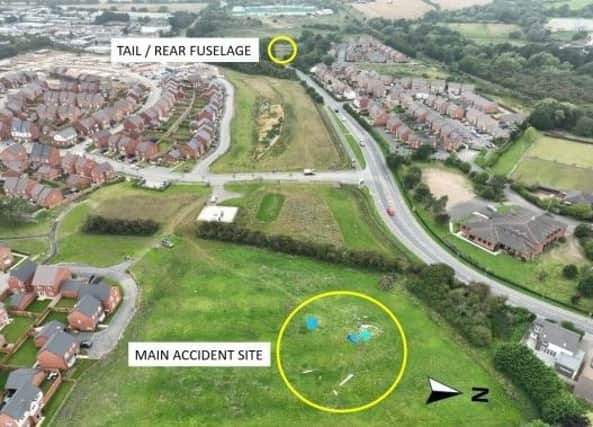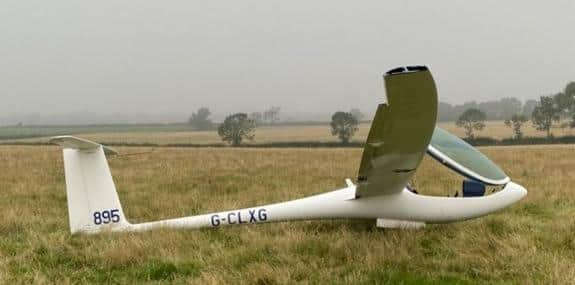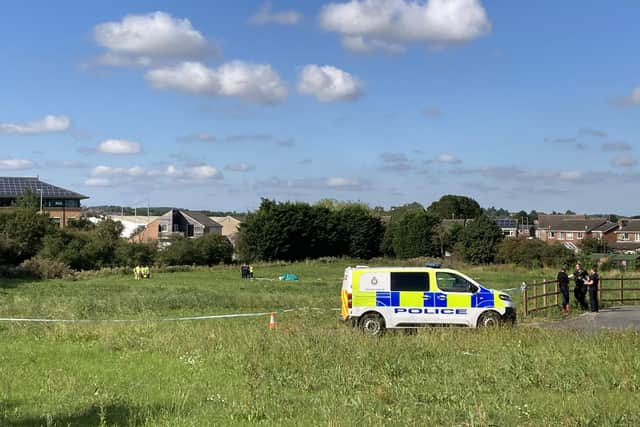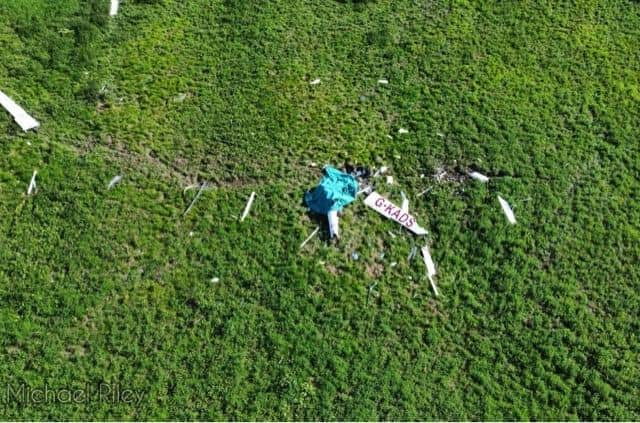Investigator releases report on fatal Melton glider crash


That was the finding of an investigation released this week by the Air Accidents Investigation Branch (AAIB) into the tragedy, which happened in August last year.
The two pilots, who ‘had significant experience in gliding’, were taking part in a competition from Husbands Bosworth and had followed a route to Scalford Church before heading to Melton and had been due to then go south to Oxford.
Advertisement
Hide AdAdvertisement
Hide AdBoth were executing a turn as they entered a thermal – rising warm air which helps gliders fly – when one turned inside the other and they collided at nearly 3,000ft with the wing tip of one of the gliders taking off the other’s tail.


The tail-less craft – with Philip Dolan (67), who lived in Edinburgh, at the controls – ‘began to tumble out of control’ and was destroyed on impact when it plunged into a field off Alderman Road close to a large housing estate off Leicester Road.
The investigator’s report states: “The witness saw the two gliders collide and heard what was described as an ‘almighty bang’.
"The witness described that the tail of G-KADS came off immediately and fell straight down with the aircraft then tumbling forward, nose first.”
Advertisement
Hide AdAdvertisement
Hide AdThe rear fuselage of the stricken glider and its tail fell to the ground 450m to the east of the main accident site, in an open area of vegetation, the report says.


Both pilots had been wearing parachutes but the investigation found that Mr Dolan had made no attempt to use his.
“It is possible that the pilot was rendered unconscious by the collision or that the forces on him due to the motion of the glider once it lost its tail meant he could not make any attempt to abandon the aircraft before it struck the ground,” said the report.
"The time between the collision and G-KADS (the glider which crashed) striking the ground was around 18 seconds.”
Advertisement
Hide AdAdvertisement
Hide AdThe other glider came down safely in another nearby field having sustained only minor damage.


A passage in the report states: “The pilot of G-CLXG initially intended to abandon his glider but found he had sufficient control and was able to land in a field.”
In analysing the collision, the investigation found that ‘it is likely that neither glider was visible to the other’ as they turned into the thermal and that the position of the sun may also have been a factor in the pilots not seeing each other.
As a result of the fatal incident, the British Gliding Association has sought to make other pilots aware of the dangers of mid-air collisions during gliding contests.
Advertisement
Hide AdAdvertisement
Hide AdA safety campaign is currently being publicised and the association is also monitoring an initiative from the FAI International Gliding Commission which is looking at the effectiveness of a ‘proximity monitoring tool’ to detect when gliders are unusually close together, with a view to adopting it if it appears useful.